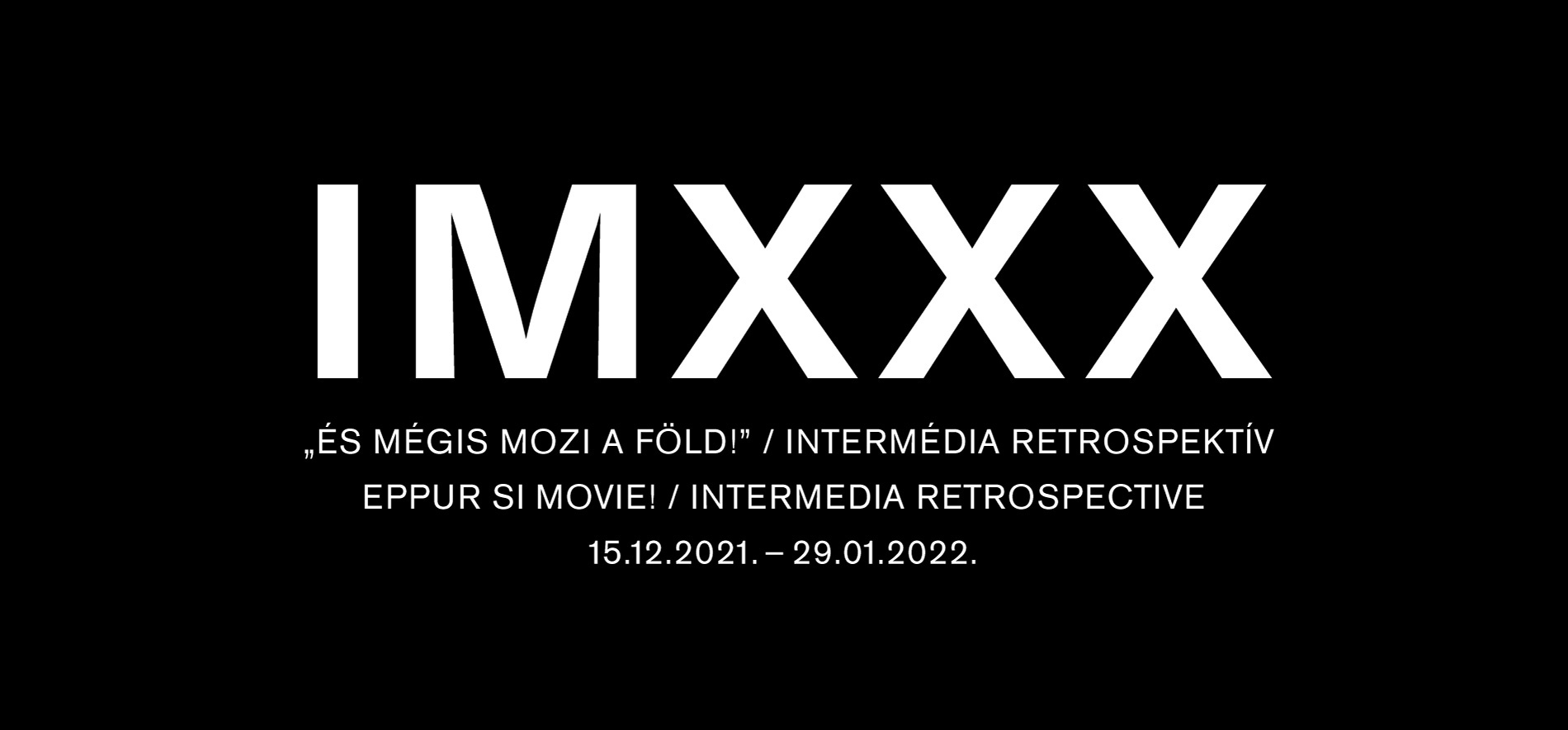
EXHIBITION
Setting a Model: Pictorial Constructions of the Human Body
“Since it is not the vacation of nature to produce ready images for us, the mere copying of what nature offers cannot give rise to artefacts.”
Bertalan Székely
6th November – 4th December, 2021.
Location: Barcsay Hall
For long centuries in the centre of the European art tradition there was the human body and the depiction of the human: by this the artist formulated his questions and made his statements. As a result, body representation had a central role in the educational programs of the first art academies, moreover only art institutions had the privilege of adjusting models. It is well illustrated by the fact that in French the word academie does not only mean not academy but also nude. The institutional drawing education and the spread of figure drawing books were resulted in the democratization of the way of drawing as it was no longer the only privilege of workers of the great masters’ studios, but learning and practicing various drawing techniques became available also for wider masses.
In academic art education – as Thierry de Duve, the Belgian art theorist, explained in his writing about art educational models – careful study and faithful copying meant the basis of the training as structure was determining from Renaissance until the spread of Realism. The significance of the imaging based on model adjustment was decreased by the West-European and American distancing from the academic heritage and the strengthening of the abstract tendencies during the 20th century. Although in the East-European higher art educational institutions, including our university, this classical approach remained on agenda during the 20th century.
Starting from the methodology of teaching drawing/modelling the exhibition presents the representation of the human body in the context of various social discourses related to the body through case studies. The original artefacts and archive documents point out the continuity of certain educational principles within the institution, at the same time they visualize how the teaching of the structure of the human body took on an individual, specific tone in different eras sourcing from views of certain teachers.
The exhibition is built on the materials of the Library, Archives and Art Collection of the University. The anatomy drawings, illustrating figures made by Bertalan Székely remained in the Collection and the artefacts of Department of Artistic Anatomy, Geometry, and Projection give a comprehensive picture about the pedagogy which gave the basis of the teaching of the subject for long centuries.
Curators of the Exhibition: Ádám Albert visual artist, head of the Department of Artistic Anatomy, Drawing and Geometry and BOJTOS Anikó art historian, Library Archive and Art Collection
Exhibition concept: Ádám Albert
Exhibiting artists
BALLÓ Ede, BARCSAY Jenő, Charles BARGUE, BIRKÁS Ákos, BORTNYIK Sándor, CZENE Márta, DALLOS Ádám, DROZDIK Orshi, GADÁNYI György, GEBAUER Ernő, GIFFING Ida, GUTTMANN Mária, GYŐRFFY László, HARMATI Kitti, Dr. HERMANN Heid, HOLZMANN Friderika, HOÓZ Anna, HUSZÁR László, JAKAB Borbála, KACZ Endre, KERESZTES Zsófia, KNAPP Eugénia, KONDOR Béla, KŐ Pál, KŐNIG Frigyes, KRISTÓF Krisztián, LAKNER László, LÁBAY János, MAJOR János, MEDVECZKY Jenő, Mézes Attila, MODOSSY Imre, NAGY Gyula, Gustav OLOFSON, PHILIPP István, RAKSSÁNYI Dezső, SOMOGYI József, SVÁBY Lajos, SZABÓ Vladimir, SZLOVICSÁK Dömötör, PIRI Kálmán, SZENDE Dezső, SZENTISTVÁNYI Gyula, SZÉKELY Bertalan, TÓTH Ilona, TÓTH Nándor, VASZARY János, VISNYAI Zoltán, VÖRÖS Erzsi, WEINWURM Antal.
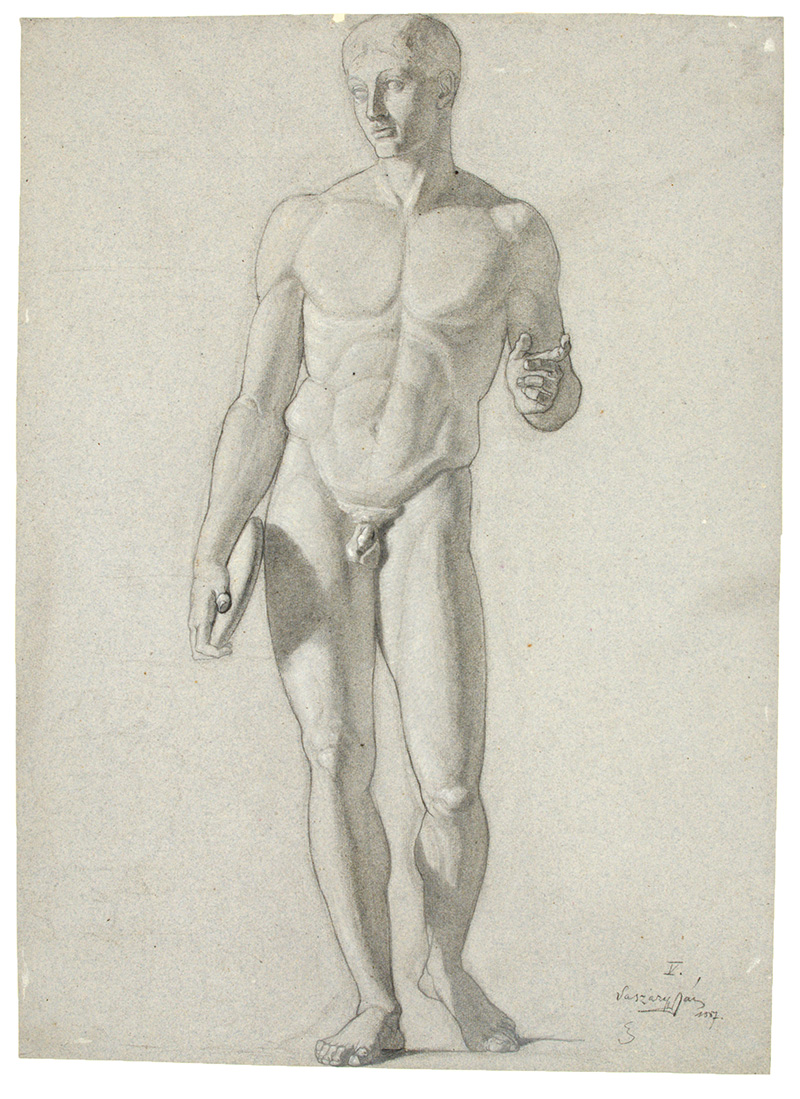
János Vaszary: Plaster - study . Athlete with a discus in his right hand, 1887
pencil, charcoal, white chalk on paper
589x417 mm
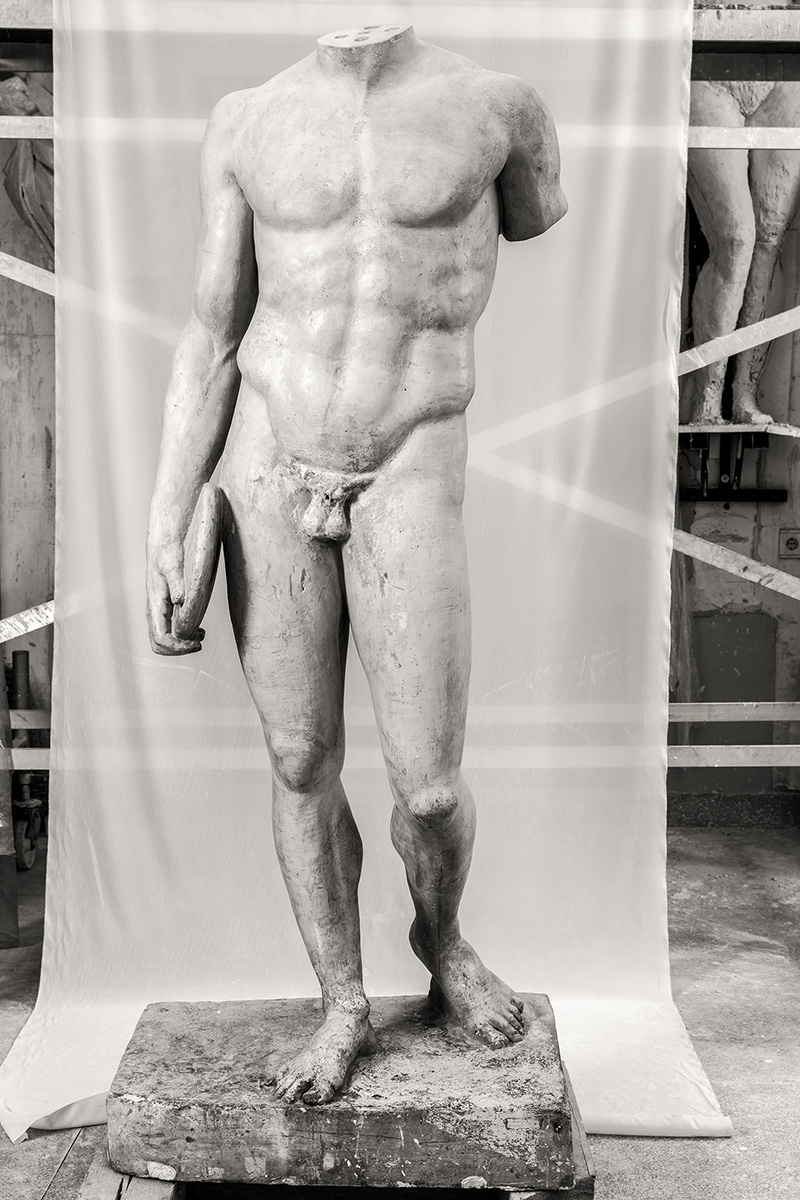
Athlete holding a discus, End of the 19 C.
plaster
Collection of the Hungarian University of Fine Arts, Department of Anatomy of Art, Drawing and Geometry
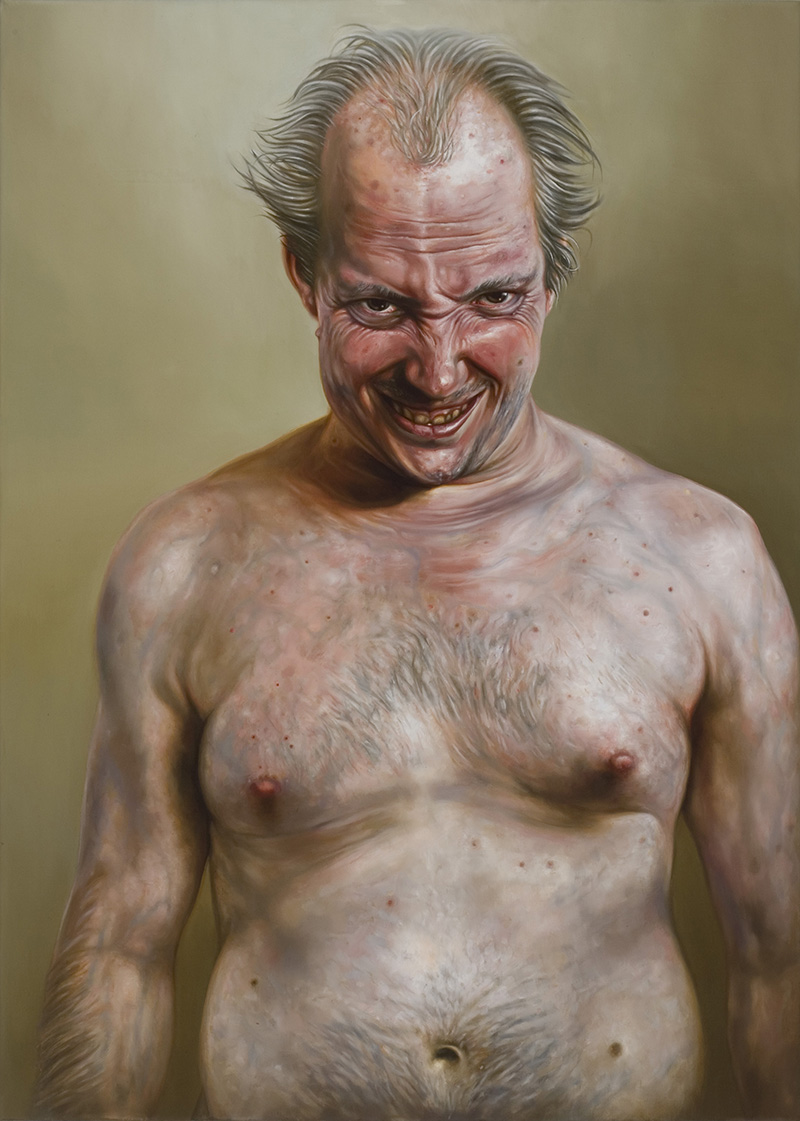
László Győrffy: Me (Dorian Gray Foundation for Young Artists), oil on canvas, 2009. photo: Miklós Sulyok
EPPUR SI MOVIE!
IMXXX – Intermedia Retrospective
“Because this world…is a movie palace…life is not algebra, but a sound film…
- True! Epurci move… - said the mechanic.
- And, yet, it’s movies! – nodded Maxbell.”
P. Howard (Jenő Rejtő): Dirty Fred Intervenes. Albatrosz books; Magvető, Budapest, 1966. (2) p. 254.
15th December, 2021 – 29th January, 2022
Location: Barcsay Hall, HUFA
Intermedia, since its foundation (1990-1993), has been dealing with all types of technical media suitable for artistic expression, namely celluloid-based film material is as present as analogue video or interactive multimedia. During the past 30 years many things changed, including what we call film or more broadly moving images, both in terms of material and means of access.Therefore the Ariadne thread of the presentation leads through themes in this designated area, which are presented in the forms of not strictly segregated thematic groups (film drawings, video non video, film in the window, moving pictures (an)archive, when film was in fashion, medium analysis). Participants of the exhibition are the present students of the department, who creates new works, but we also show a (retrospective) selection in the real and virtual space from artists who were Intermedia students earlier.
The curator of the exhibition: Miklós Peternák

IMXXX (logotype), Gábor Palotai Design, 2021
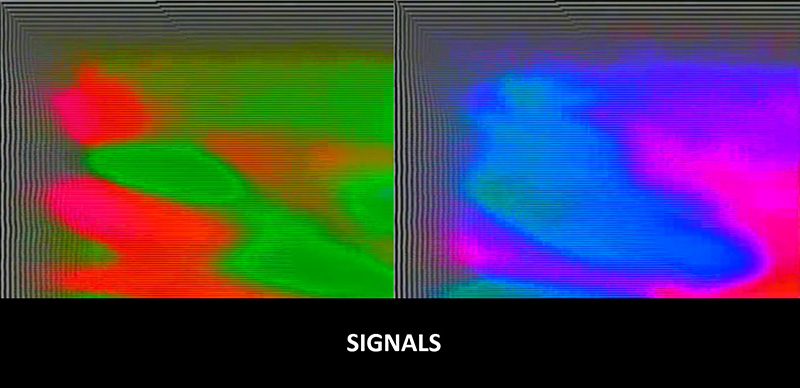
Anna Hoóz - Loránd Szécsényi-Nagy, Signals (excerpt), 2020
Memory of the Phalanstery
Exhibition organised within the EU4Art project
Time: October 28th – November 30th, 2021
Venue: Public spaces in the vicinity of the University of Fine Arts, and room 314 in the main building of the university, as well as online
Phalanstery has at least two meanings: According to the now more than two-hundred-year-old conception of Fourier, it can refer to a utopia; or it can also be a 19th century dystopian simile by Madács (Hungarian playwrite). A phlanstery is also a metaphor which has been used to describe the present, the past and the future as well. This project of our students in real and virtual spaces deals with questions such as possible memories of the present in a future phalanstery, lost memories of childhood, humane and inhumane phalanstery, and if it is allowed to remember in a phalanstery. The questions are closely or loosely related to individual and collective memory, as well as the theme of archives.
Curator: József Mélyi
Instructors: Margit Koller, Júlia Salamon, Andrea Szilák, Patrick Tayler
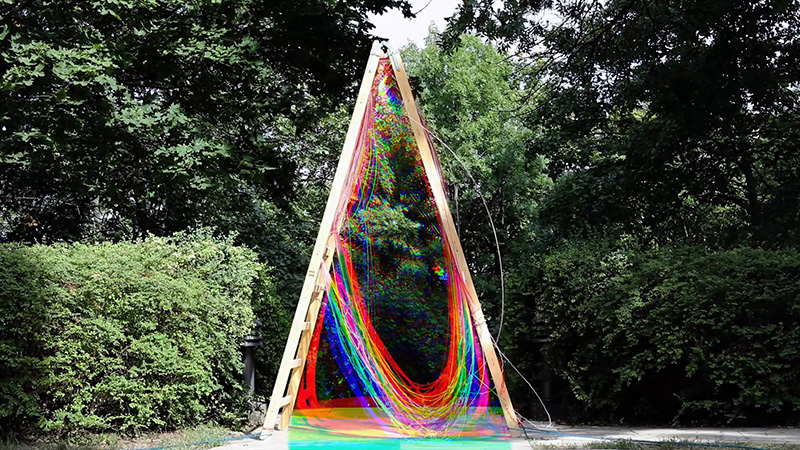 Közösen készített installáció a Pannonhalmi Főapátság Boldogasszony-kápolnájában, 2021, fotó: Szabó Attila
Közösen készített installáció a Pannonhalmi Főapátság Boldogasszony-kápolnájában, 2021, fotó: Szabó Attila
The New-Old Hall of Art
Presenting, Canon and Occupying Space
February 15th – March 16th, 2022
Venue: Barcsay Hall
The freshly renovated building of the Kunsthalle is in the centre of the exhibition. The palace - inaugurated in 1877 – was once built as the first gallery for contemporary Hungarian art, where exhibitions following the example of Paris salons were organised. Numerous distinguished artists, led by Károly Lotz, took part in the embellishment of the building; Lotz created the murals in the building of the Hungarian University of Fine Arts at 69, Andrássy Street, which were restored in 2021. The building has had numerous functions: for some time it housed the predecessor of the Museum of Applied Art, and Plasztikon (a vax museum); from 1928 it hosted the first permanent exhibition of contemporary Hungarian art, the New Hungarian Gallery. After 1945, it was rented by the Academy of Fine Arts, and since then it has also served as the permanent exhibition venue of the institution. The exhibition is guided by the notions of a symbolic occupation of space, the creation of the canon, and of representation– presentation; using museum pieces and contemporary artworks, the exhibition evokes the building in its newly regained glory, along with Károly Lotz’s exceptionally significant murals.
Curators of the exhibition: Emese Révész, Eszter Lázár
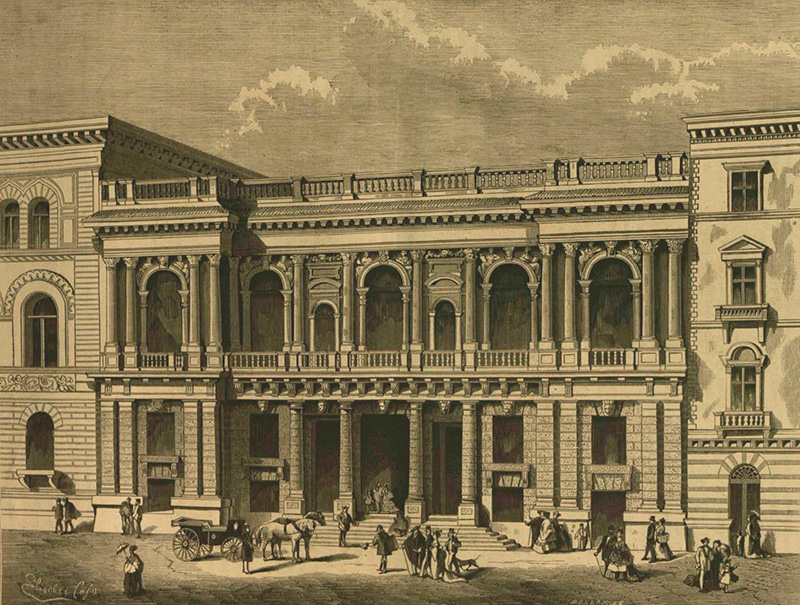 A Műcsarnok épülete. Elischer Lajos rajza Pollák Zsigmond fametszete, Vasárnapi Ujság, 1875/18. szám
A Műcsarnok épülete. Elischer Lajos rajza Pollák Zsigmond fametszete, Vasárnapi Ujság, 1875/18. szám
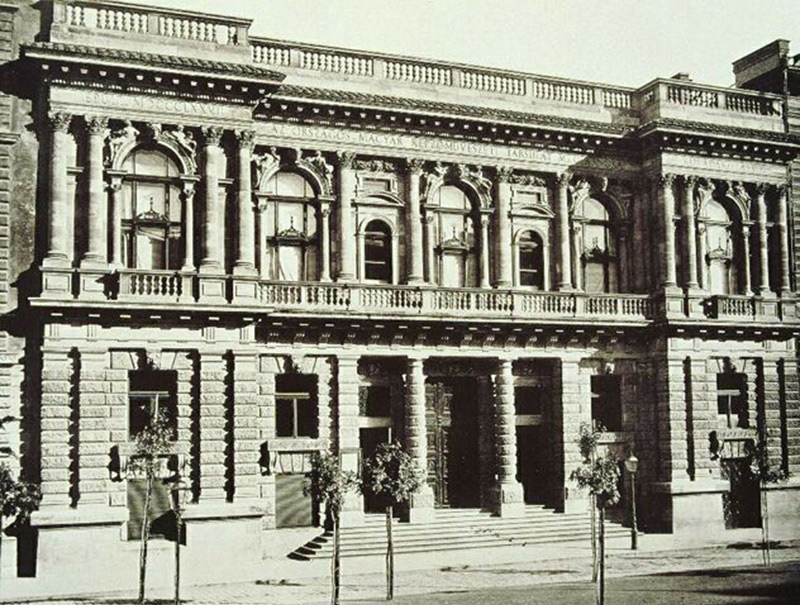 A Képzőművészeti Társulat 1886-os jubiláris tárlatának részlete, a nagy terem északnyugati szárnya. Weinwurm Antal fényképe. Vasárnapi Újság, 1886. november 9.
A Képzőművészeti Társulat 1886-os jubiláris tárlatának részlete, a nagy terem északnyugati szárnya. Weinwurm Antal fényképe. Vasárnapi Újság, 1886. november 9.
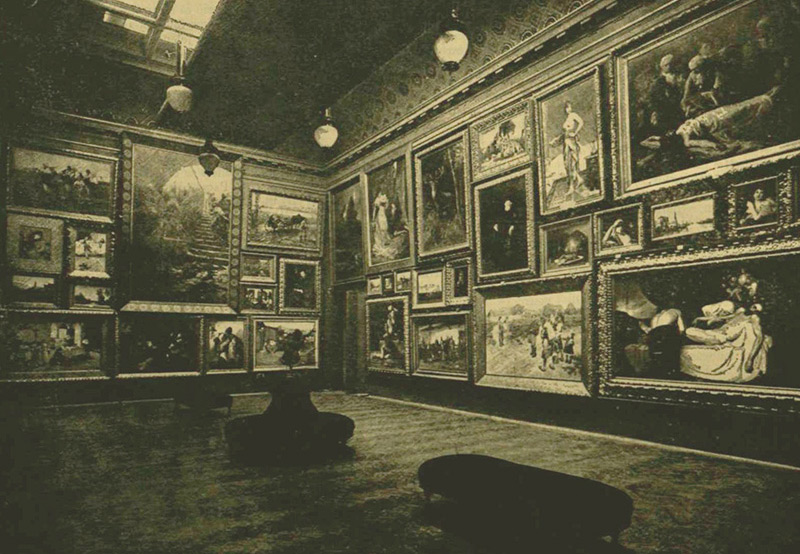 Az 1928-ban megnyitott Új Magyar Képtár Nagybánya-terme. Magyar Művészet, 1928, 605.
Az 1928-ban megnyitott Új Magyar Képtár Nagybánya-terme. Magyar Művészet, 1928, 605.
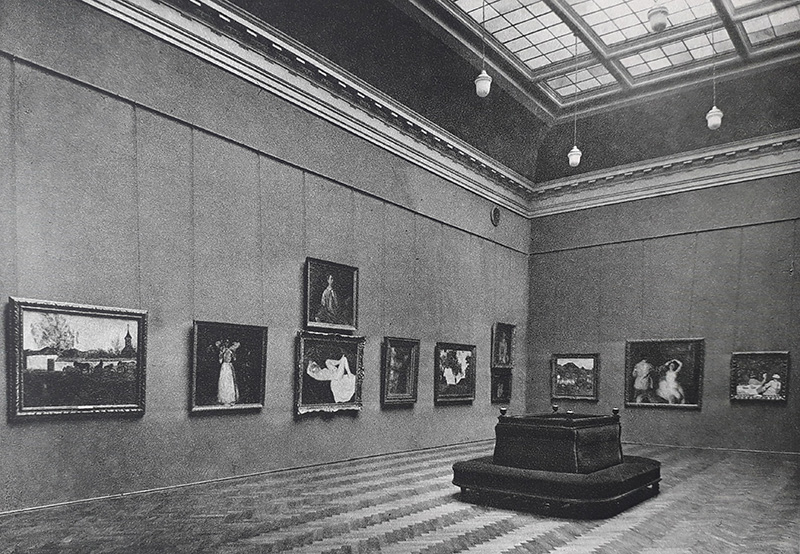 A Műcsarnok épülete 1883-ban. Divald Károly fényképe
A Műcsarnok épülete 1883-ban. Divald Károly fényképe
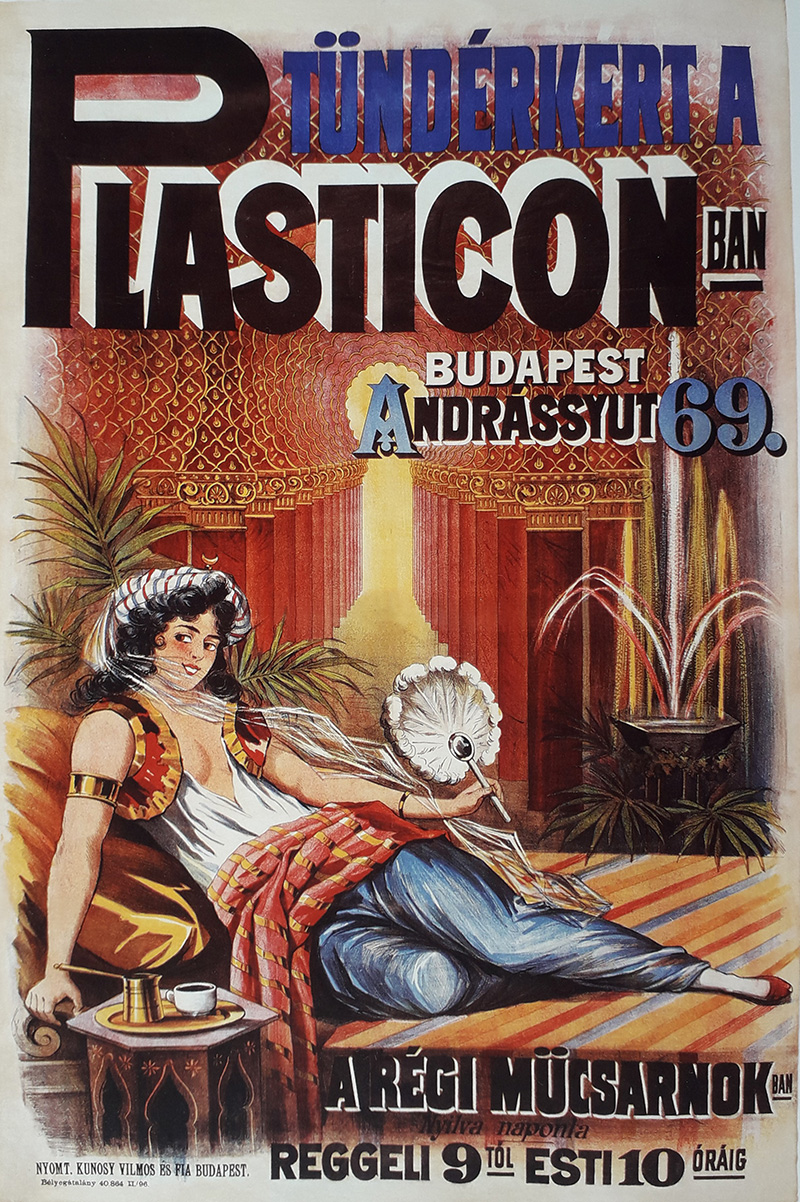 A Régi Műcsarnokban megnyílt Plasztikon plakátja, 1896 körül
A Régi Műcsarnokban megnyílt Plasztikon plakátja, 1896 körül
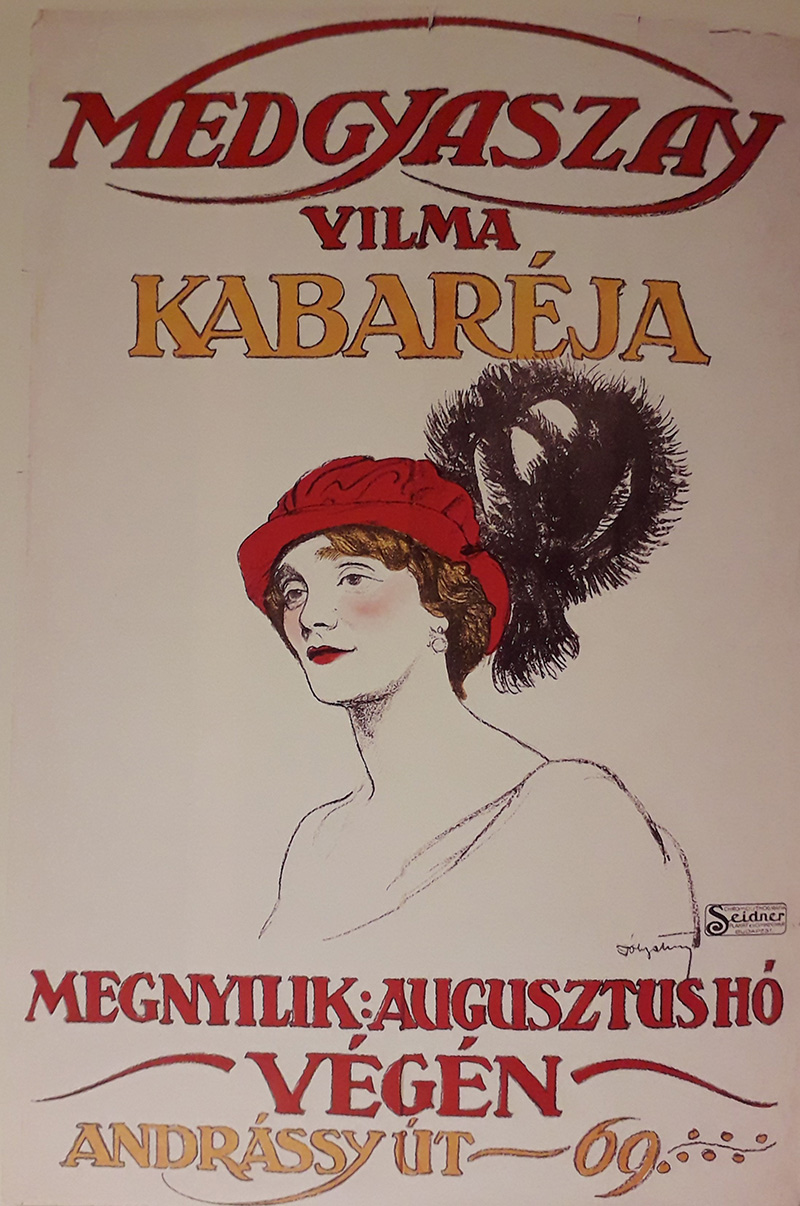 Medgyaszay Vilma kabaréjának plakátja, 1913 körül
Medgyaszay Vilma kabaréjának plakátja, 1913 körül
Parthenon Frieze Hall – Sculpture Departmanet
The most important criterion for planning the exhibitions in the Parthenon Frieze Hall for 2021-22 was the program for the jubilee school year, so showcasing those artists who were significant in the Epreskert sculptor training is given priority. The most outstanding of them all is Alajos Stróbl (1856-1926), the founder of the Epreskert Sculptor’s Master School. Apart from showing his drafts for the first time ever, mainly his portrait sculptures are exhibited. The exhibitions entitled Master sculptors in Epreskert 1 & 2 cover the present and the past of sculptor training; the time that has passed since it was established is evoked by archival photographs and statuettes by the iconic figures of the training, while its present is represented by a selection of works created on different courses at the department and in master classes. György Segesdi (1931-2021) taught at the Sculptor Department between 1987 and 1997. An exhibition is planned to be devoted to his work, most particularly to his work as a tutor.
Parthenón Frieze Hall – exhibitions within the frame of MKE150
2021. 09.28. – 10. 9. György Segesdi
2021. 10. 26 – 11. 5. Master Sculpture in the Epreskert I.
2021. 11. 9 – 11. 19. Bencsik István
2022. 02 22 – 03. 5. Master sculptors in Epreskert II.
2022. 04. 26 – 05. 14. Alajos Stróbl
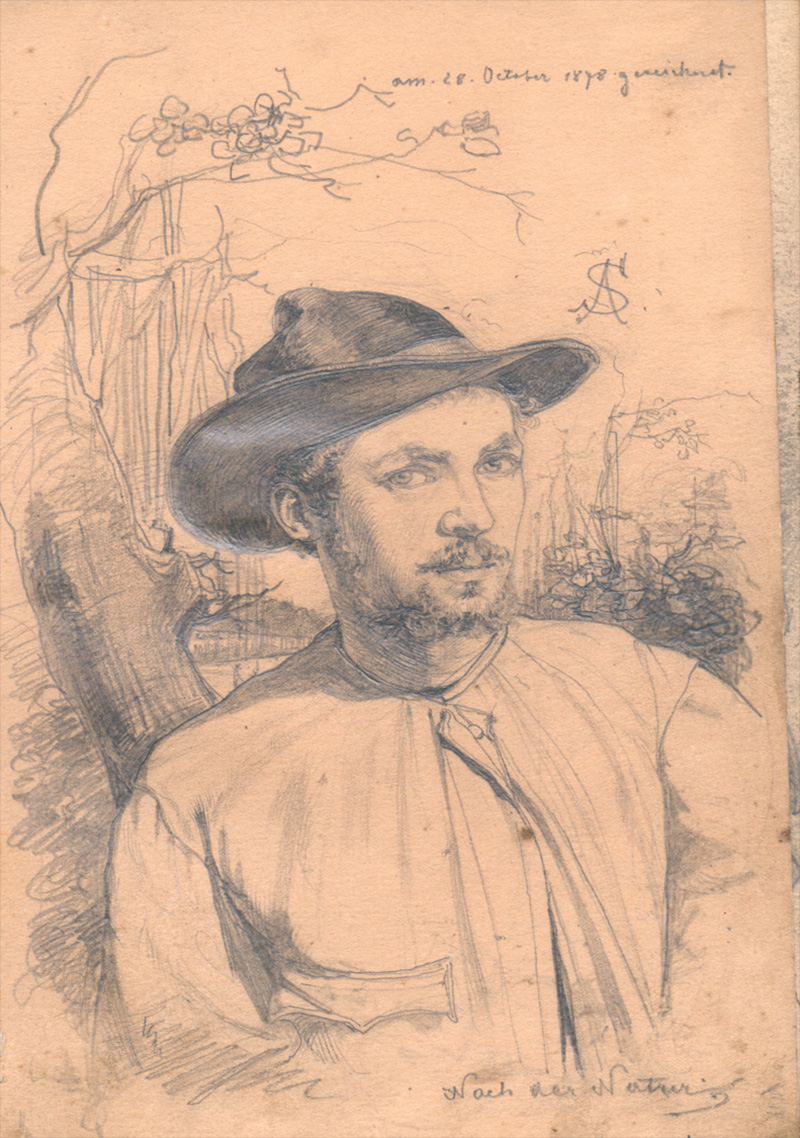
Stróbl Alajos önarcképe vázlatkönyvéből. 1878 október 28-án rajzolva. Eredeti mérete 13x22 cm
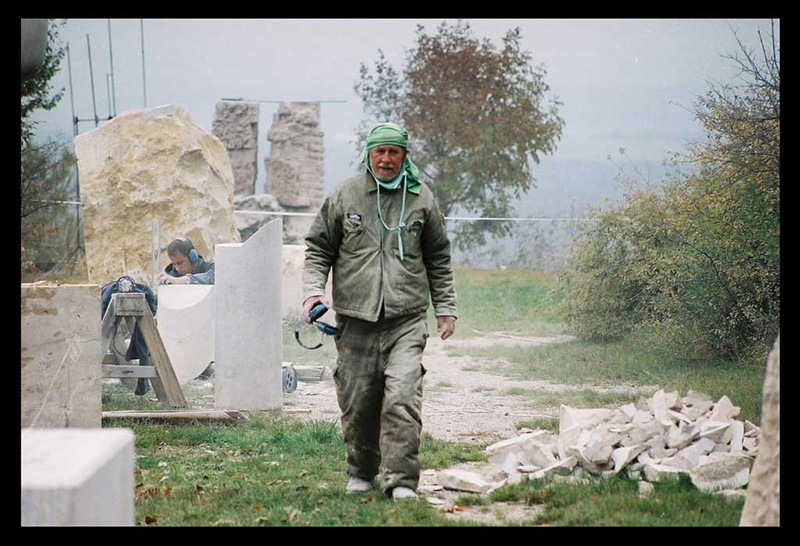
Bencsik István, fotó: Böszörményi István
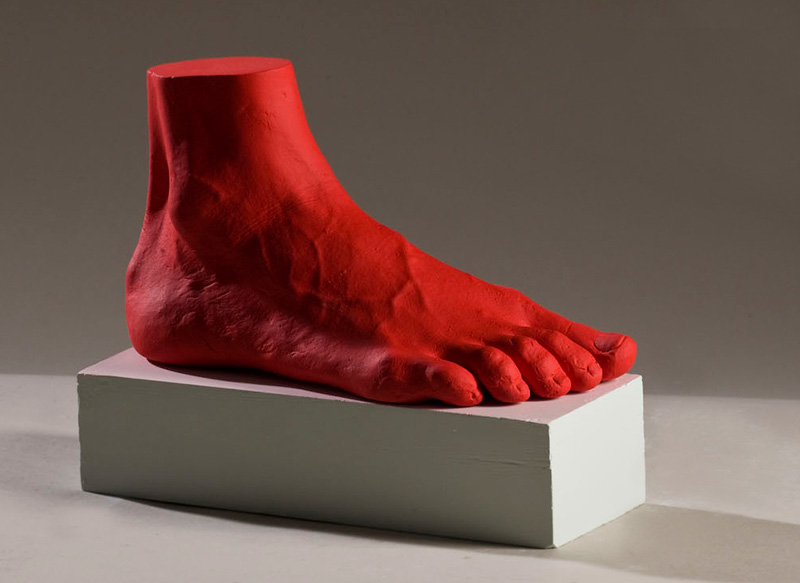
Bencsik István, Női láb, é.n., fotó: Horváth Gábor
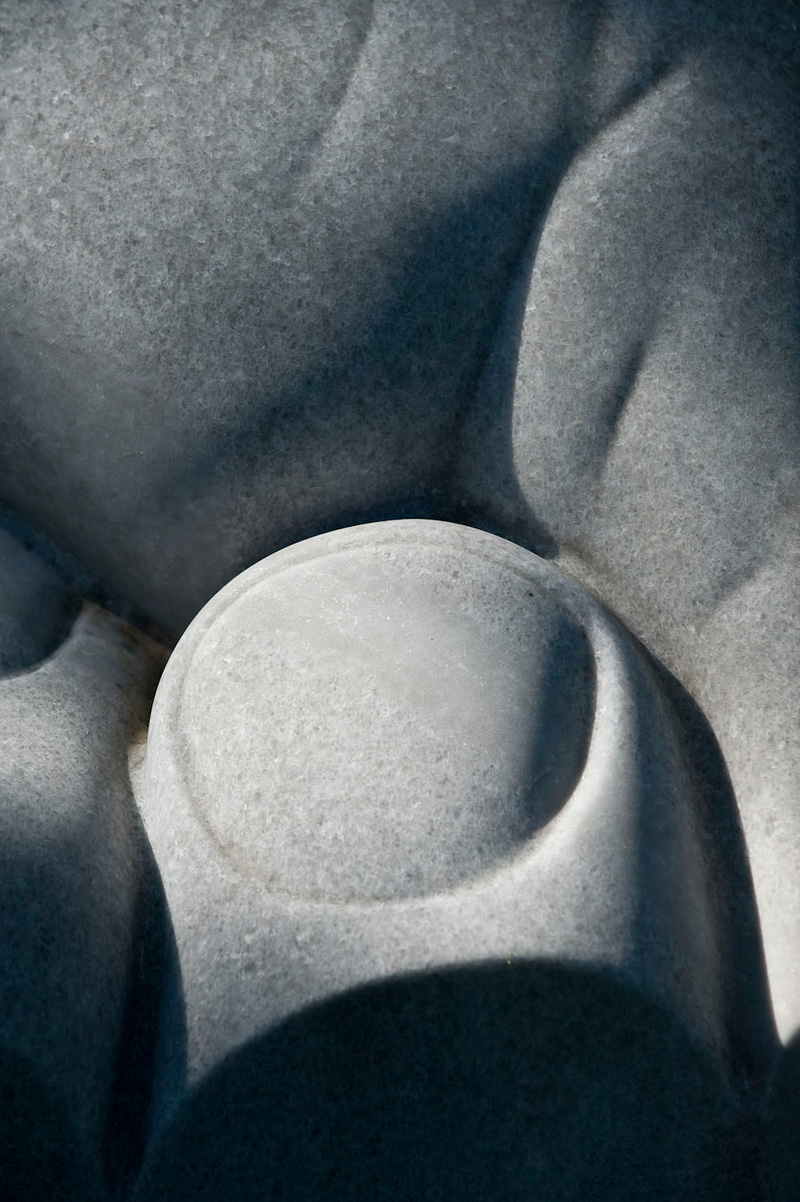
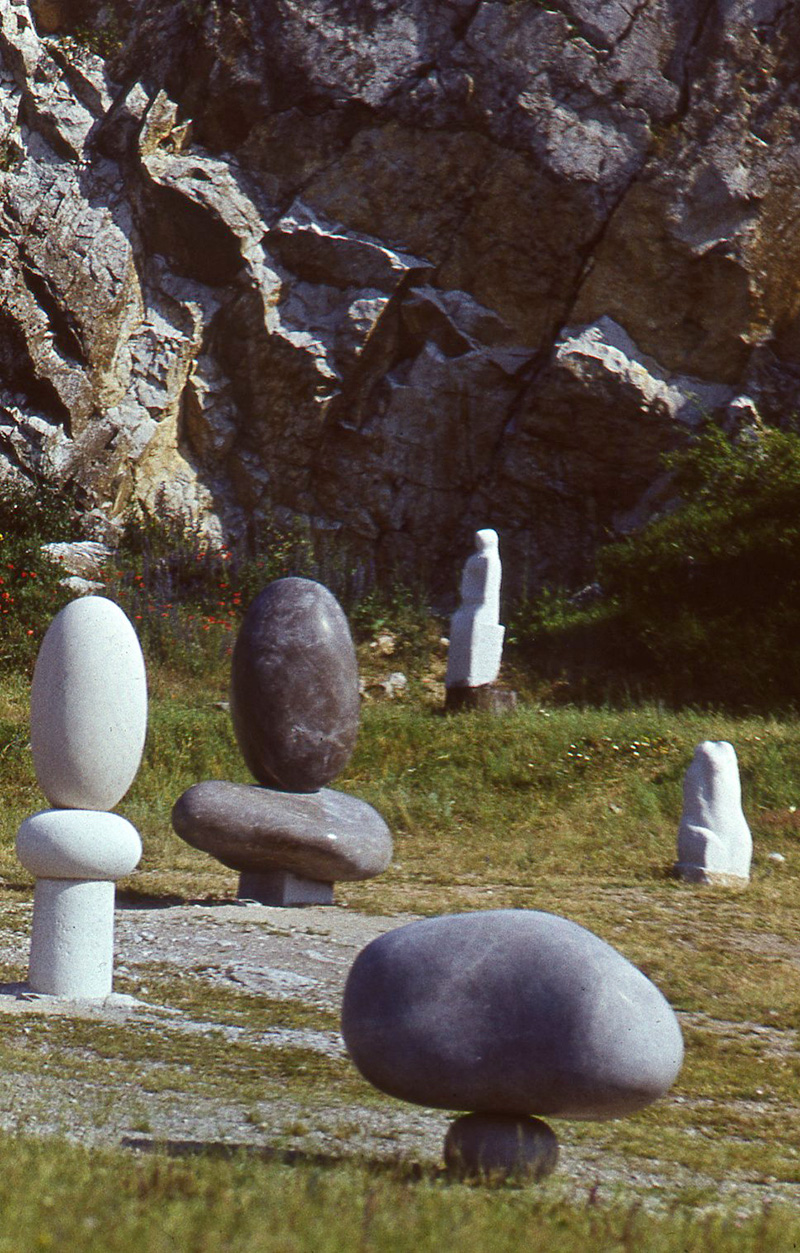
Bencsik István művei a Villányi Kőszobrászai Szimpózionon, fotó: Varga Gyula


